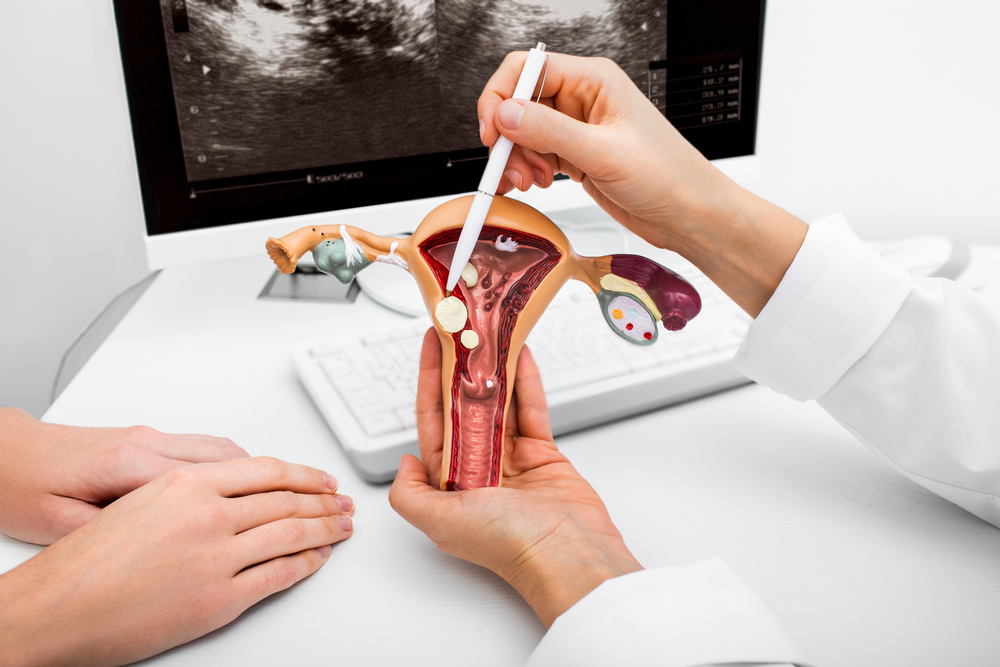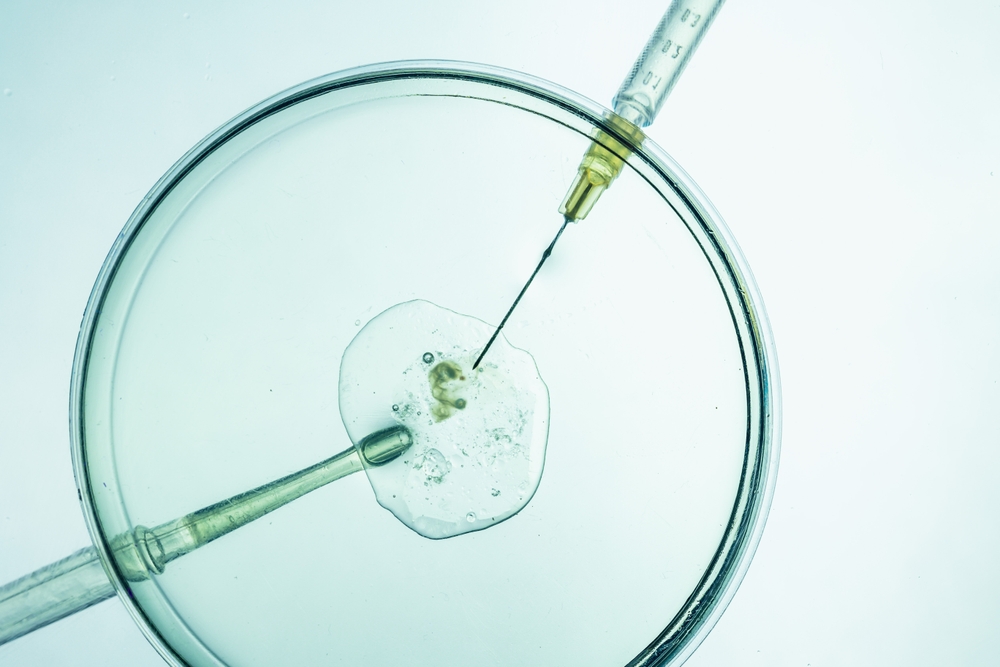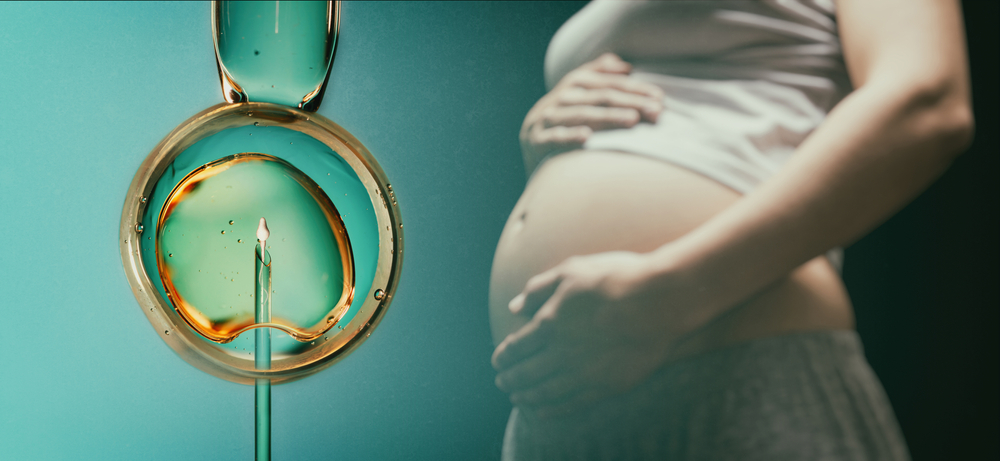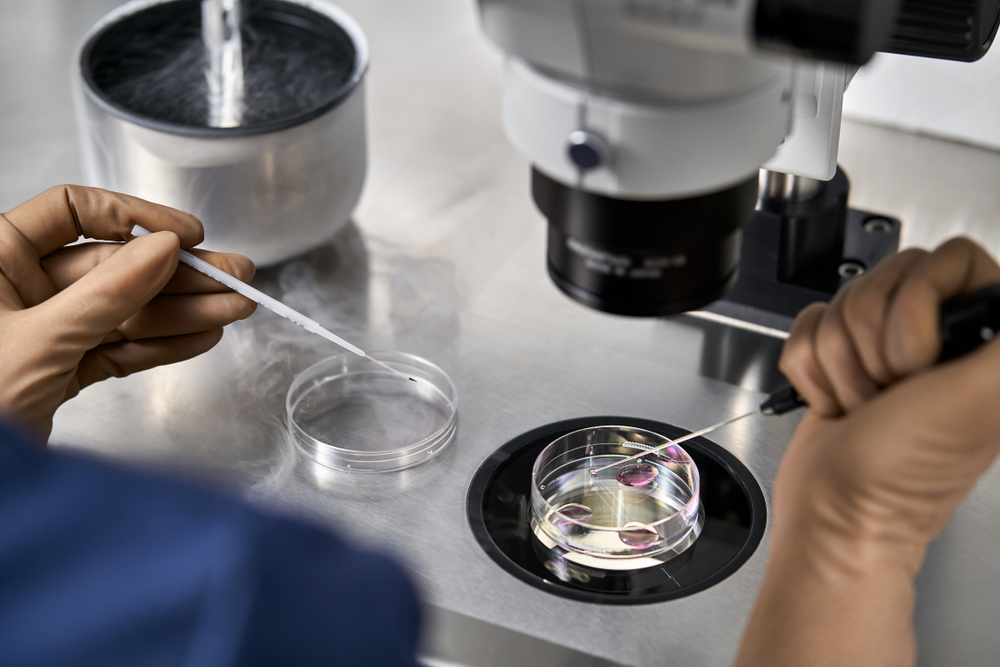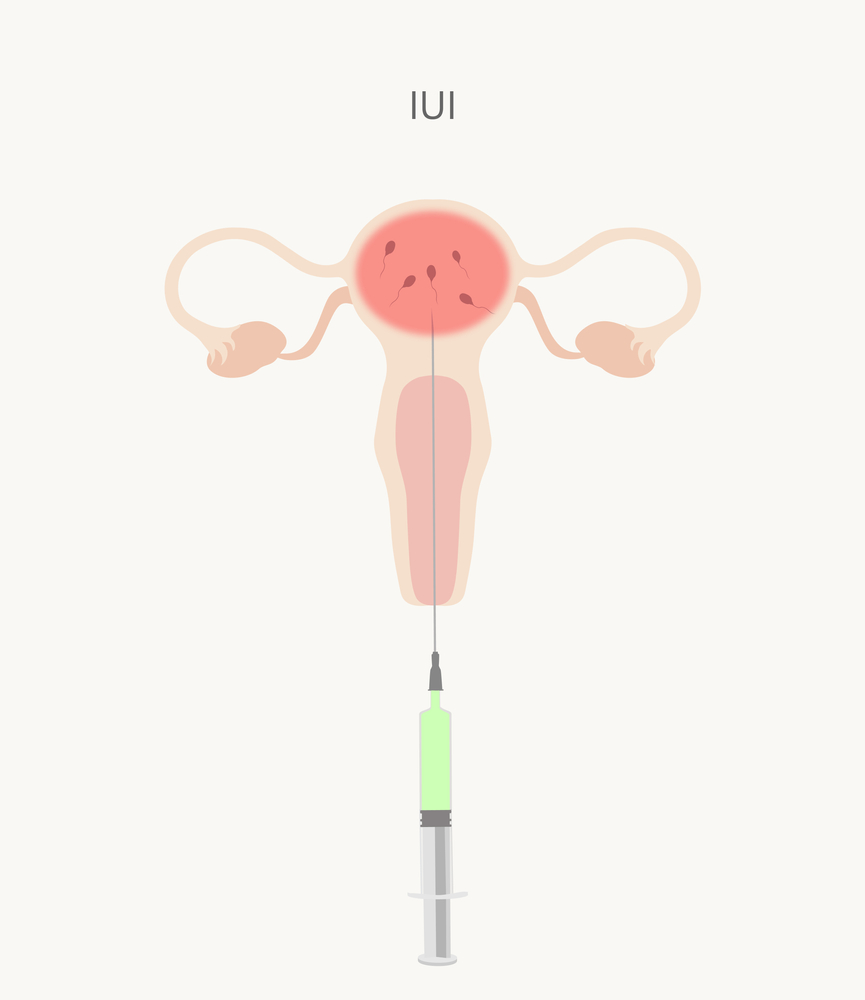Assisted reproductive technology (ART), such as In vitro fertilisation (IVF), can help couples and individuals battling with infertility have a baby. Infertility is a condition in which a couple seems unable to conceive after at least one year of unprotected intercourse. Infertility is considered a feminine problem, according to traditional misconception. Male reproductive system disorders can also contribute to a couple’s failure to conceive. Male infertility accounts for 30-40% of infertility cases, whereas female infertility accounts for 30%-40% of infertility cases, with male infertility increasing with time.
What is Embryo Transfer?
An embryo transfer is the final step in the IVF procedure, in which the fertilised embryo is put in the woman’s uterus, where it will ideally implant, develop into a baby, and result in the delivery of a healthy child. The IVF embryo is placed in a catheter, which is then inserted through the woman’s vagina and cervix and put in the uterus. Although anaesthesia is rarely required, Valium may be administered.
The embryo must be carefully placed in the middle of the endometrial cavity with little damage and manipulation. For successful IVF, the necessity of correct embryo transfer cannot be understated. The most effective approach currently available is ultrasound guided embryo transfer.
While the causes of infertility may be unclear, your fertility clinic and your gyencologist will work with you to figure out what’s affecting your infertility and how to get pregnant.
Embryo transfers are a great choice for parents who have the following:
- Blocked Fallopian Tube: The egg will fail to fertilize and travel to the uterus if your fallopian tubes are damaged or blocked.
- Ovulation Disorder: Menstrual periods that are irregular or absent imply fewer eggs are accessible for fertilisation, making it more difficult to conceive naturally.
- Endometriosis: This affects the function of the ovaries, uterus, and fallopian tubes when endometrial tissue implants and develops outside of a woman’s uterus.
- Fibroids: These are benign tumours on the uterine wall, might obstruct embryo implantation, which is required for a healthy pregnancy.
- · Tubal Ligation: If your fallopian tubes have been permanently cut or removed, IVF and embryo transfer may be able to help you conceive.
- · Poor Sperm Motility: Male factor infertility is frequent, accounting for 13% of all infertility cases. ICSI fertilisation of the egg can result in a viable embryo for implantation.
Types of Embryo Transfer:
- Frozen Embryo Transfer (FETs)
- Day 3 Embryo Transfer
- Day 5 Embryo Transfer
- Fresh Embryo Transfer
Day 5 Embryo Transfer: The day five embryo, also known as a Blastocyst, is a sphere of 60 to 120 cells that surrounds a fluid-filled hollow. Blastocysts develop on average on day five, but they might form at any time.
Blastocysts are typically seen to be a better alternative than an earlier stage embryo since they have a better probability of being genetically normal, implanting, and resulting in a live delivery than a Day 3 embryo. Your fertility specialist will be able to choose the embryo(s) with the highest probability of implantation and pregnancy if you wait longer before transferring the embryo.
How Many Embryos’ Can You Transfer?
Intended parents frequently question if transferring numerous embryos boosts the chances of a healthy pregnancy after an IVF session. The fact is that there is no one answer to this issue, since each fertility clinic has its own policy on how many embryos are put into the uterus of the lady.
In many circumstances, just one embryo will be implanted into the uterus by your fertility doctor. For women 35 and older, transferring two embryos might sometimes improve their odds of implantation. The age of the embryo recipient and her reproductive history are factors in determining how many embryos to transfer.
How to Prepare for the Transfer of Your Embryos
- Don’t worry if this is your first embryo transfer; you’ll be in the most capable and experienced hands. Embryo transfer will take place three to five days after fresh egg retrievals, or longer if stored embryos are used.
- Make sure to do the following as you prepare for your embryo transfer:
- Organize your prescriptions and take them on a regular basis. Inquire with your doctor about over-the-counter drugs and supplements, such as Vitamin D. Make sure you’re taking your fertility drugs and hormones as well.
- Invest in self-care and enjoyment (but stay away from toxins!).
- Consider holistic therapy. In women receiving IVF procedures, acupuncture, yoga, and massages can increase pregnancy chances by up to 65 percent.
- Before and after, get plenty of rest. Allow your body to rest and avoid intense exercise.
- Avoid exposing your abdomen and uterus to severe temperatures. This can cause your reproductive system to de-regulate, affecting the success of your embryo transfer.
- Reduce inflammation in your body, GI tract, and reproductive system by eating a high-fat, low-carb diet.
- Chemicals can be present in nail polish, certain shampoos, cleaning supplies, and other goods.
- Prepare for your transfer procedure the day before by packing a suitcase, deciding on a departure time, and more.
- Have a full bladder . For the ultrasound-guided transfer, drink plenty of water!
What to expect after Embryo Transfer?
After each session, your fertility clinic will provide you thorough instructions to help you feel at ease and confident that you are taking care of yourself in the days leading up to the post-embryo transfer pregnancy test.
Some physicians advise 24-hour bed rest after a procedure, while others advise using low-impact exercise to increase blood flow to the uterus and increase the chances of conception. Strenuous activity, sex, and bathing, on the other hand, must be avoided. Maintain a good attitude about your embryo transfer operation and act as though you’re pregnant, complete with meals!
It’s quite typical for fertility journeys to have a lot of ups and downs, and a negative pregnancy test doesn’t mean your adventure needs to end. Your medical professional will be able to offer you an honest assessment of whether you are a candidate for additional fertility treatments. If you want to seek alternative reproductive options or another IVF cycle, you can work together to identify your next steps.
Every patient’s route to pregnancy will be different, whether you’re considering motherhood, exploring your fertility choices, or just looking into Assisted Reproductive Technology. Individuals or couples thinking about ART techniques can realise their aspirations of having a happy, healthy kid.
Shourya Test Tube Baby Center offers best blastocyst culture treatment in along with best fertility treatment. Our team of doctors are highly qualified and our facility is one of the blastocyst embryo transfer center in Hyderabad. We give you all the reasons for happiness to all childless couples with advanced technology and have the state of art technologies to treat all the problems related to infertility with specialized doctors in this concerned field. To book an appointment call us now on 9502636153.

